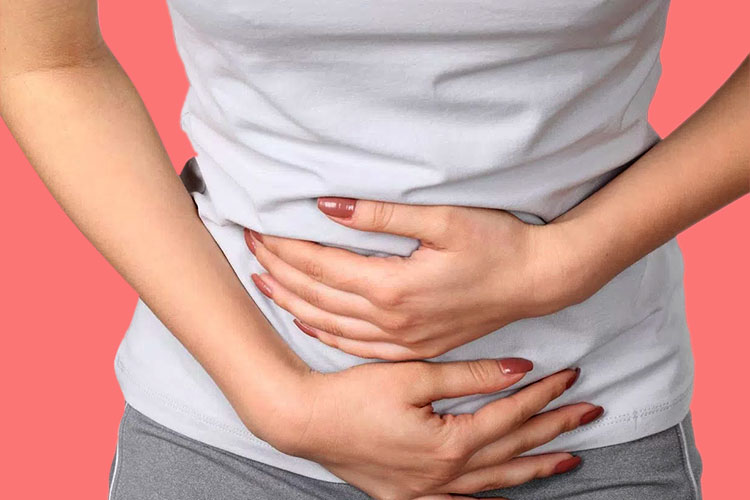The silymurs coming out of the wall of the adele layer, which exists in the structure of the uterus, are called fibroids. Fibroids (myometrium) are benign urinals found in an organ called the uterus in women, known as the childbed during pregnancy. There is no question of cancer formation of fibroids, which are defined as benign masses.
What are the Symptoms?
About 30% of the symptoms in myomectomy give severe complaints. This is because fibroids are a benign mass. But especially if fibroids (submucous) are located in the uterus, they cause bleeding in the patient. It causes long menstrual periods, short short blood flows. Therefore, the patient cannot fully recover from the menstrual period. Fibroid symptoms as their heads;
Long and severe clotted menstrual bleeding
Non-menstrual bleeding
Pain in the back and legs
A feeling of deep pain during sexual intercourse
Frequent urination caused by fibroids forming on the anterior wall of the uterus pressing on the urinary bladder
Constant constipation and gas complaints caused by fibroids that have grown towards the rump pressing on the large intestines
About Fibroid Surgery and Fibroid Treatment
The diagnosis of fibroids can be determined by a simple gynecological examination. With the ultrasound method, which is frequently used today, the diagnosis of the discomfort can be made in the ultrasound results, which are looked at from the abdomen and vagina by an obstetrician. It is among the gynecological diseases whose diagnosis is the most comfortable. Dec.
Fibroid Surgery Prices
You can contact us via the “ask immediately” form on the left side to get comprehensive information about this operation performed in the Obstetrics and Gynecology unit of our hospital and to find out the prices. At the contact number you will leave, our experts will return to you within a day to provide detailed information.
Types of Fibroids
Fibroids are named according to the layer in which they settle. They can be located in the inner part of the uterus, inside the muscle layer or towards the outer surface. Nov. According to this situation, there are 3 types of fibroids.
a. Submucous Fibroids
These are the types of fibroids that grow by moving towards the outer part of the uterus. They do not cause such bleeding problems. They cause back and abdominal pain, cause a feeling of fullness in the bladder.
b. Intramural Fibroids
The fibroids mentioned above are fibroids that have settled in the muscle tissue of the uterus. Nov. It is among the most common types of fibroids in our country. Dec. They can cause anemia with severe menstrual bleeding.
c. Subserous Fibroids
Fibroids are fibroids that have settled on the outer face of the uterus. It most often manifests itself as back, lower back, groin pain. It has similarities with the submucous myoma type. Constipation and a feeling of pressure are among its other symptoms. Decapitation and constipation are among its other symptoms.
Why Does It Happen?
Medically, the cause is unknown. However, it has been observed that it is suitable for genetic predisposition. It is seen very often in society. To give an example from there, fibroid selimur can be found in 30 out of 100 women aged 35-45 in our country.
Fibroids After Childbirth and Menopause
Fibroids are a product that is dependent on estrogen, which is a female hormone. The more estrogen hormone is secreted in the patient, the more fibroids will continue to grow. Misinformation is common about the fact that fibroids are erased with childbirth or disappear with menopause. On the contrary, fibroids tend to grow more with childbirth. This is because the uterus grows during pregnancy and bleeds more. Fibroids shrink after birth, but the reduction here is the reinstatement of the fibroid. Fibroids may shrink with the decrease of the female hormone during menopause, but there is no complete disappearance of fibroids.

